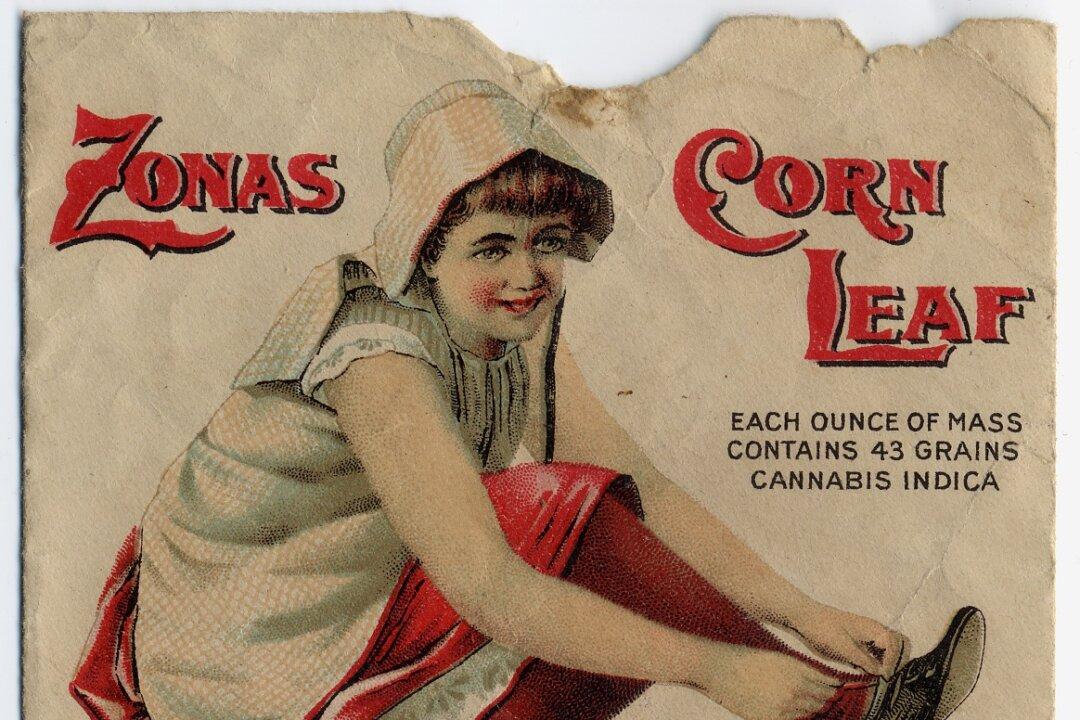Perhaps it is testimony to the concept of synchronicity or is it telepathy that designers chose to keep to the familiar in the Fall/Winter 2015/2016 season. They delved into textures rather than outlandish design innovations. Colors were somber with dark blues being the default, rather than black, although in Roberto Cavalli’s range black still reigned even when dappled in, or paired with white.
There was also a strong overall trend from Milan of a cerulean blue that was either peaking out from under black overgarments or, as is the case of designers Brioni, Christian Pellizzari, Corneliani, and Versace various shades of blue were juxtaposed for a more overwhelming effect.
Earth tones also had their moment in a wide assortment that ranged from rich chocolate to russet, vibrant ginger, and crimson.
Etro’s organic flora and fauna inspired pieces in earthy colors and sumptuous textures were worthy of a Maharaja’s winter wardrobe, including a turmeric velvet two-piece suit and drop-crotch pony-skin trousers in ginger or bordeaux.
The high-waisted drop crotch trouser was a main feature in Giorgio Armani’s collection; some pieces featuring wide yokes at the waist worn with thin leather belts. Armani also kept to a dark color palette that made it hard not to notice a pair or emerald-to-black ombre ankle boots that echoed the same green hue in the sheepskin jacket.
The elephant in the room, or is it bison, is texture. In the case of the Salvatore Ferragamo collection the bison motif appeared either smack bang on top of a double-breasted mohair jacket or appliqued on a thin-knitted jumper and allowed to peak out from under a black astrakhan jacket. There was more animalia-flocks of birds, dragon flies, delicate swarms of wasps, the soft and woolly, paired with hard and shiny or paired with even more woolly chunky knit scarves to shield against some serious arctic chill.
Another strong trend was white, and much like in the case of the blue, it too was often juxtaposed with its warmer cousins like cream and beige for an unusual effect. The Versace collection featured a few ensembles in which bone-white happily coexisted with a buttery yellow and soft mushroom.
Likewise for the Canali range designer Andrea Pompilio featured a two-piece suit and coat in the same hue of cream contrasted by two-tone black and brown lace-up shoes and a bright golden yellow bag. While in his eponymous collection, Pompilio drew inspiration from 1940s aviator gear and used white as an accent on lapels, geometric motifs, and wide stripes on the side of trousers with ample legs. Here too, the combination of stark white in the form of a shirt, peaks out from under a bone-white two-piece suit.
Color, when it came, came also in a multifaceted and multi-patterned way. Missoni is one point in case. The collection had opalescent blues and purples in woven materials combined with knits that were no less busy. All that pattern made for an overall harmony that almost settled on the monochrome just like multicolored pixels can give the appearance of a single hue.
One designer who took color and the concept of pattern-on-pattern to new complexities was Stella Jean who combined vibrant print jackets, check shirts, geometric vests, and tweed trousers all in the one outfit, each element in different colors. Many ensembles were also synced in at the waist with an equally ornate scarf and central knot. Words fall far short when it comes to describing this designer’s work that is so precariously perched between complex balance and visual cacophony.
Perhaps this is preferable to the safe haven of the already explored and familiar. This brings us to the Dolce & Gabbana collection with its old photo prints, charcoal brocade suits, family crests, and eternal love for place and family. The figurative and the literal—all tied together and delivered for the world to see. In case we didn’t get the point—it’s “Amore Per Sempre” that is the fabric of society.




